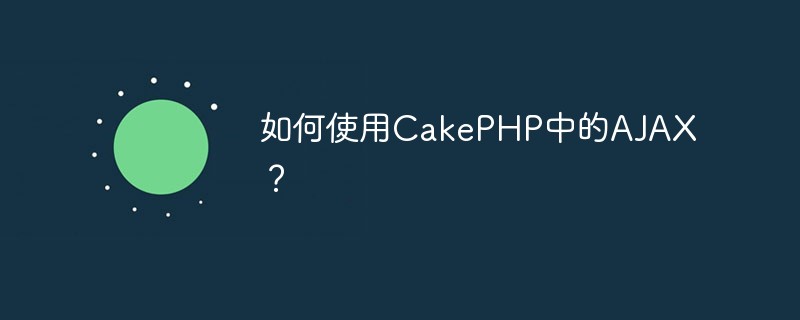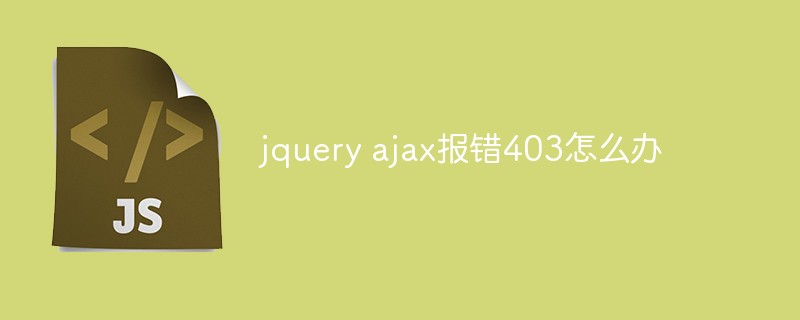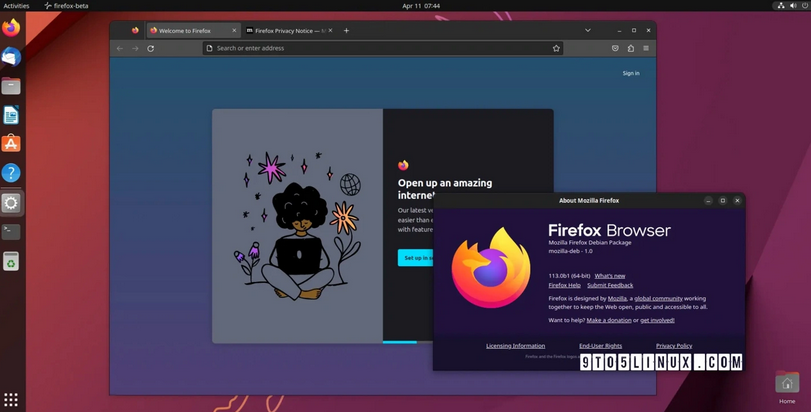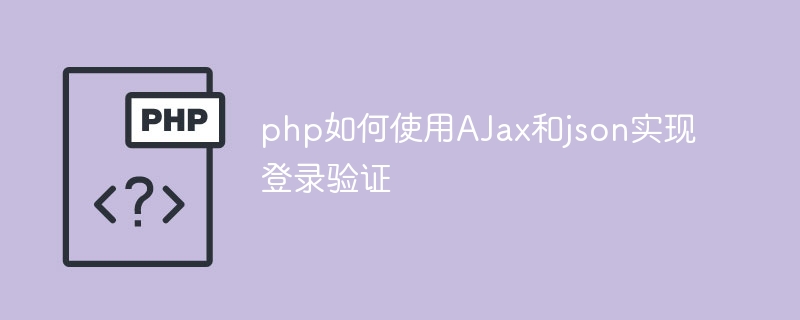 Web Front-end
Web Front-end JS Tutorial
JS Tutorial Solve the problem of browser remembering ajax requests and being able to move forward and backward
Solve the problem of browser remembering ajax requests and being able to move forward and backwardWhen we browse different web pages, we can use the browser's forward and back keys to go to the pages we have visited before and after. This article mainly introduces the method of making the browser remember the ajax request and be able to go forward and back. Friends who need it can refer to it
When we browse different web pages, we can use the browser’s forward and back keys Come and go to the pages we visited before and after. One thing these all have in common is that the address in the browser address bar has changed. The browser itself maintains a stack that records the history of pages visited by users. The stack records the order in which users access different pages.
But in development, we often use ajax technology to improve the user experience of web pages. However, Ajax itself does not change the URL in the browser address bar. It operates within the same web page. At this time, the browser does not record the Ajax request. In this case, after the user clicks the back button after triggering 5 ajax requests on a page, the browser will not request the previous ajax request again, but will return to the previous page.
The first way to solve this problem is to use the hash value of location. When the hash value of the URL changes, the page will not jump, but the browser will record the hashed URL in the history record. Using this feature, we can artificially simulate ajax requests with history functionality. Below is a demo of this method.
ul{
margin:0;
padding:0;
}
li{
list-style: none;
display: block;
float: left;
border: 1px solid #000;
padding: 10px;
margin-right: 20px;
cursor: pointer;
}
li.active{
background-color: #000000;
color: #fff;
}
<ul>
<li data-id="1">1</li>
<li data-id="2">2</li>
</ul>
First create two buttons. When the button is clicked, a request is sent to the server and the data-id is brought to the server through parameters, and the server returns the corresponding data- The result of id.
At the same time, change the button state and change the hash value of location to the value of data-id. Finally, monitor the location hash value changes and repeat the above steps.
function sendAjax(hash){
console.log("recived data:" + hash);
}
function btnStatus(hash){
$("li").removeClass('active');
$("li[data-id="+hash+"]").addClass('active');
}
function onHashChange(){
var curHash = window.location.hash.replace("#","");
if(curHash){
btnStatus(curHash);
sendAjax(curHash);
}
}
window.onhashchange = onHashChange;
$("li").click(function(){
var id = $(this).attr('data-id');
window.location.hash = id;
});
When we click the button in the order of "1-2-1", the output of the console is as follows
recived data:1 recived data:2 recived data:2
At this time, we press the return button three times in a row, and the console output is as follows
recived data:1 recived data:2 recived data:1
It can be seen that browsing is simulated in this way The function of the server to record ajax requests.
The above is what I compiled for everyone. I hope it will be helpful to everyone in the future.
Related articles:
PHP login (ajax submission data and background verification)
AJAX achieves no-refresh user detection Name function
The problem of passing array parameters through ajax calling webservice in jQuery (graphic tutorial)
The above is the detailed content of Solve the problem of browser remembering ajax requests and being able to move forward and backward. For more information, please follow other related articles on the PHP Chinese website!
 Ubuntu Linux中如何删除Firefox Snap?Feb 21, 2024 pm 07:00 PM
Ubuntu Linux中如何删除Firefox Snap?Feb 21, 2024 pm 07:00 PM要在UbuntuLinux中删除FirefoxSnap,可以按照以下步骤进行操作:打开终端并以管理员身份登录到Ubuntu系统。运行以下命令以卸载FirefoxSnap:sudosnapremovefirefox系统将提示你输入管理员密码。输入密码并按下Enter键以确认。等待命令执行完成。一旦完成,FirefoxSnap将被完全删除。请注意,这将删除通过Snap包管理器安装的Firefox版本。如果你通过其他方式(如APT包管理器)安装了另一个版本的Firefox,则不会受到影响。通过以上步骤
 Nginx中404页面怎么配置及AJAX请求返回404页面May 26, 2023 pm 09:47 PM
Nginx中404页面怎么配置及AJAX请求返回404页面May 26, 2023 pm 09:47 PM404页面基础配置404错误是www网站访问容易出现的错误。最常见的出错提示:404notfound。404错误页的设置对网站seo有很大的影响,而设置不当,比如直接转跳主页等,会被搜索引擎降权拔毛。404页面的目的应该是告诉用户:你所请求的页面是不存在的,同时引导用户浏览网站其他页面而不是关掉窗口离去。搜索引擎通过http状态码来识别网页的状态。当搜索引擎获得了一个错误链接时,网站应该返回404状态码,告诉搜索引擎放弃对该链接的索引。而如果返回200或302状态码,搜索引擎就会为该链接建立索引
 如何使用CakePHP中的AJAX?Jun 04, 2023 pm 08:01 PM
如何使用CakePHP中的AJAX?Jun 04, 2023 pm 08:01 PM作为一种基于MVC模式的PHP框架,CakePHP已成为许多Web开发人员的首选。它的结构简单,易于扩展,而其中的AJAX技术更是让开发变得更加高效。在本文中,将介绍如何使用CakePHP中的AJAX。什么是AJAX?在介绍如何在CakePHP中使用AJAX之前,我们先来了解一下什么是AJAX。AJAX是“异步JavaScript和XML”的缩写,是指一种在
 jquery ajax报错403怎么办Nov 30, 2022 am 10:09 AM
jquery ajax报错403怎么办Nov 30, 2022 am 10:09 AMjquery ajax报错403是因为前端和服务器的域名不同而触发了防盗链机制,其解决办法:1、打开相应的代码文件;2、通过“public CorsFilter corsFilter() {...}”方法设置允许的域即可。
 什么是ajax重构Jul 01, 2022 pm 05:12 PM
什么是ajax重构Jul 01, 2022 pm 05:12 PMajax重构指的是在不改变软件现有功能的基础上,通过调整程序代码改善软件的质量、性能,使其程序的设计模式和架构更合理,提高软件的扩展性和维护性;Ajax的实现主要依赖于XMLHttpRequest对象,由于该对象的实例在处理事件完成后就会被销毁,所以在需要调用它的时候就要重新构建。
 mozilla firefox可以卸载吗Mar 15, 2023 pm 04:40 PM
mozilla firefox可以卸载吗Mar 15, 2023 pm 04:40 PMmozilla firefox可以卸载;firefox属于第三方浏览器,如果不需要,完全可以卸载。卸载方法:1、在开始菜单中,依次点击“Windwos系统”-“控制面板”;2、在“控制面板”界面中,点击“程序和功能”;3、在新界面中,找到并双击火狐浏览器图标;4、在卸载弹窗中,点击“下一步”;5、点击“卸载”即可。
 火狐浏览器Firefox 113 新特性:支持AV1动图、增强密码生成器和画中画特性Mar 05, 2024 pm 05:20 PM
火狐浏览器Firefox 113 新特性:支持AV1动图、增强密码生成器和画中画特性Mar 05, 2024 pm 05:20 PM近日消息,Mozilla在发布Firefox112稳定版的同时,也宣布下个主要版本Firefox113进入Beta频道,支持AV1动图、增强密码生成器和画中画特性。火狐浏览器Firefox113主要新功能/新特性如下支持AV1格式动图(AVIS)通过引入特殊字符来增强密码生成器的安全性增强画中画功能,支持后退、显示视频时间,能更轻松地启用全屏模式为Debian和Ubuntu发行版提供官方DEB安装文件更新书签导入功能,默认情况下支持导入书签的图标在支持的硬件上默认启用硬件加速AV1视频解码使用w
 php如何使用AJax和json实现登录验证Jun 19, 2023 pm 01:28 PM
php如何使用AJax和json实现登录验证Jun 19, 2023 pm 01:28 PMphp用AJax和json实现登录验证的方法是:1、创建一个jsp示例文件,导入jquery依赖和fastjson依赖文件;2、新建login.js文件,获取用户名和密码文本内容;3、新建controller类,查询用户是否存在并把对象转化为json字符串类型返回给js文件;4、js判断是否成功然后进行页面跳转即可。


Hot AI Tools

Undresser.AI Undress
AI-powered app for creating realistic nude photos

AI Clothes Remover
Online AI tool for removing clothes from photos.

Undress AI Tool
Undress images for free

Clothoff.io
AI clothes remover

AI Hentai Generator
Generate AI Hentai for free.

Hot Article

Hot Tools

SublimeText3 English version
Recommended: Win version, supports code prompts!

SAP NetWeaver Server Adapter for Eclipse
Integrate Eclipse with SAP NetWeaver application server.

WebStorm Mac version
Useful JavaScript development tools

SublimeText3 Linux new version
SublimeText3 Linux latest version

MinGW - Minimalist GNU for Windows
This project is in the process of being migrated to osdn.net/projects/mingw, you can continue to follow us there. MinGW: A native Windows port of the GNU Compiler Collection (GCC), freely distributable import libraries and header files for building native Windows applications; includes extensions to the MSVC runtime to support C99 functionality. All MinGW software can run on 64-bit Windows platforms.





